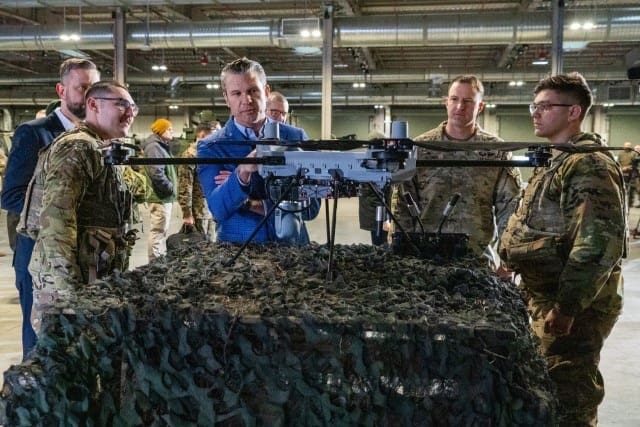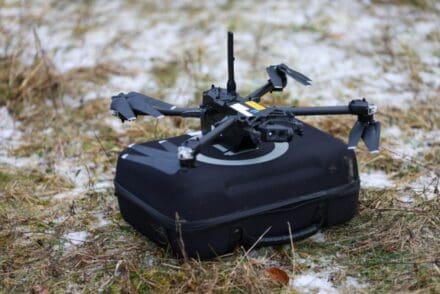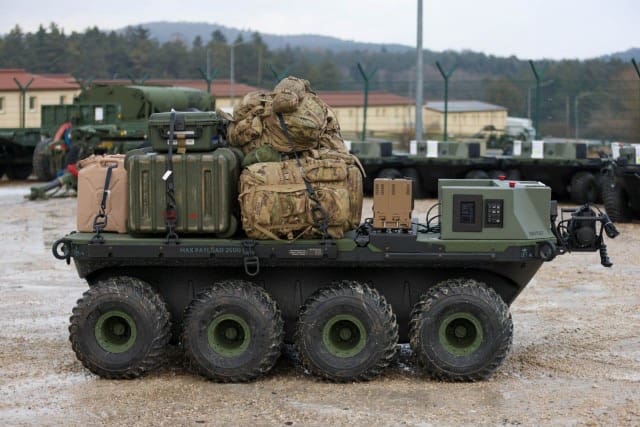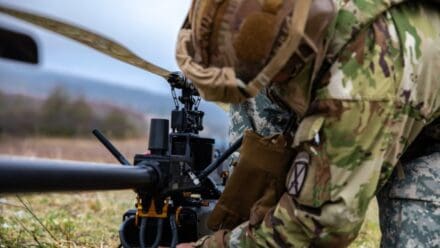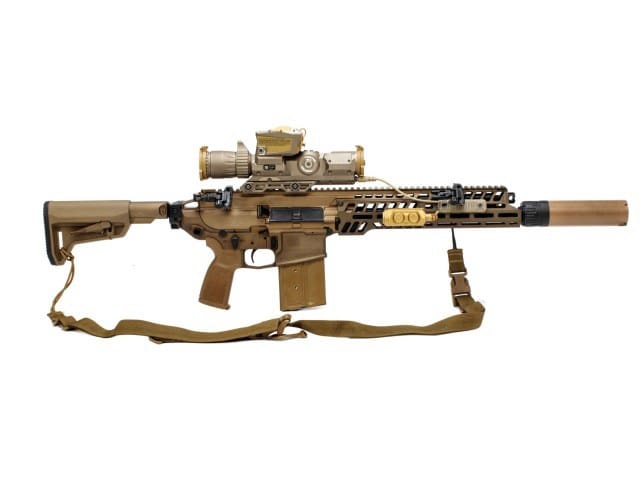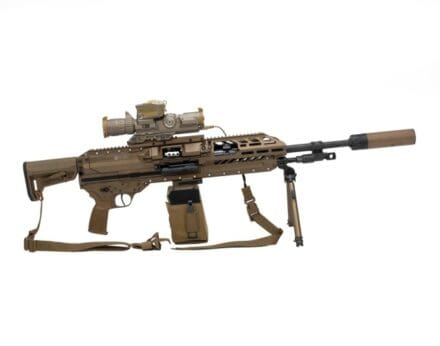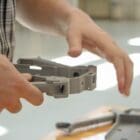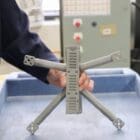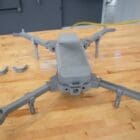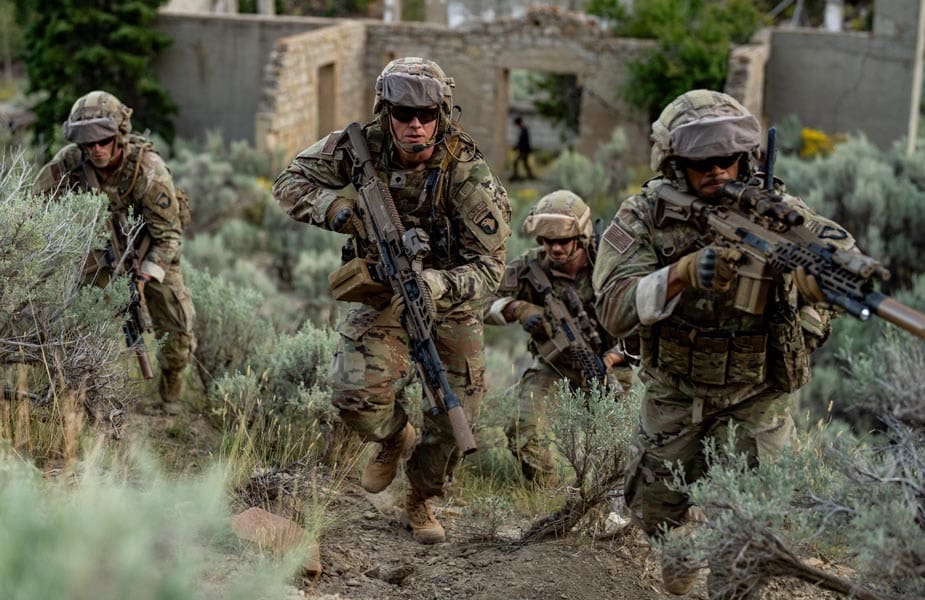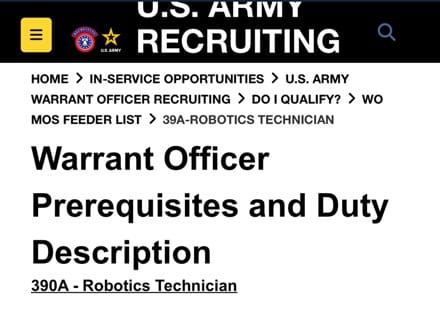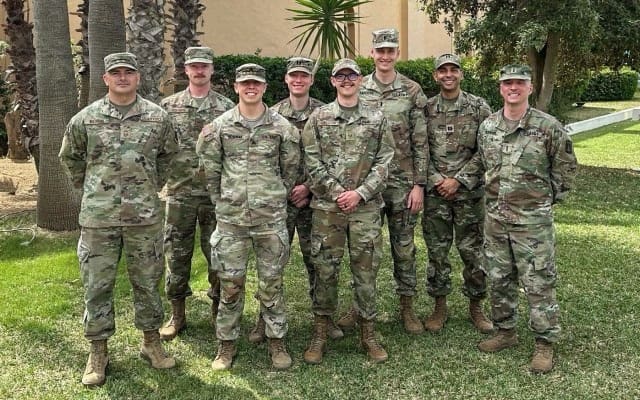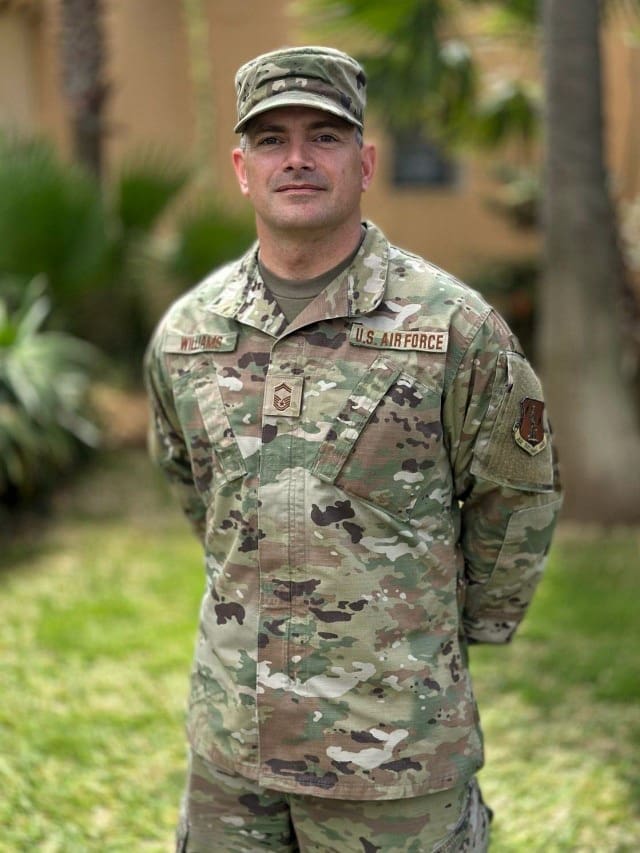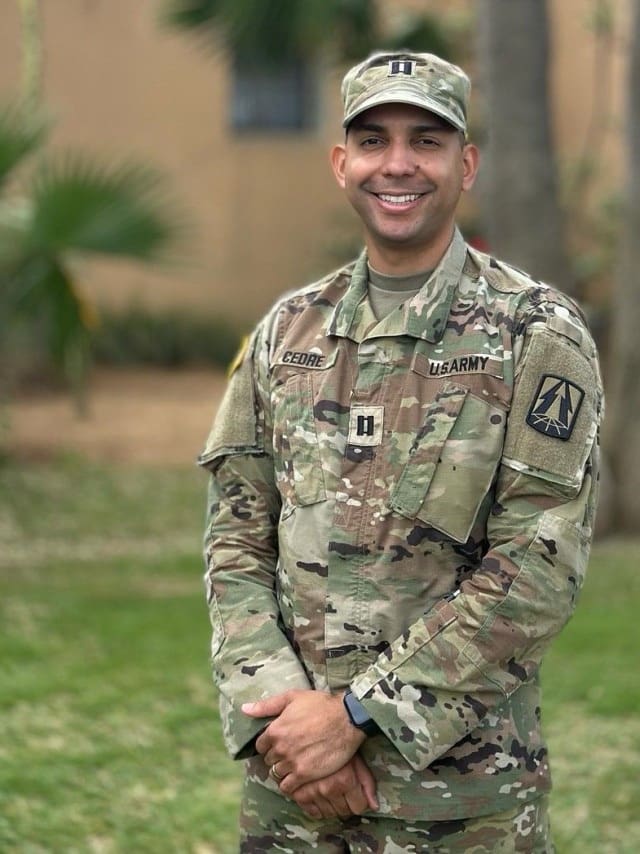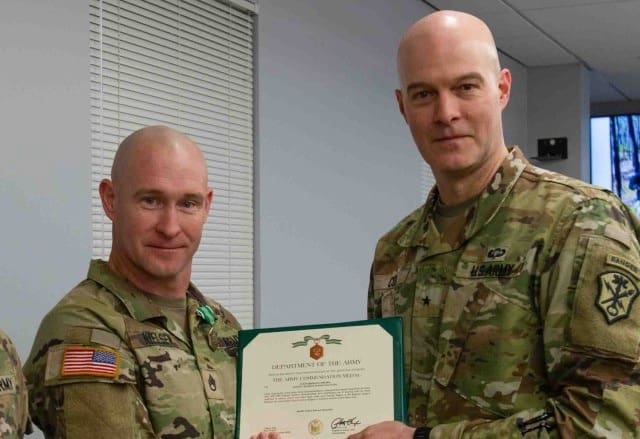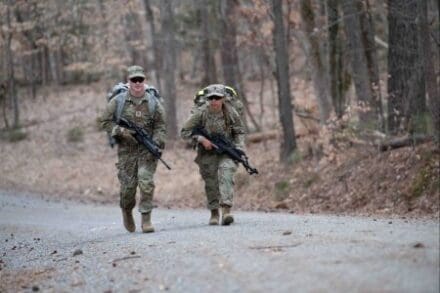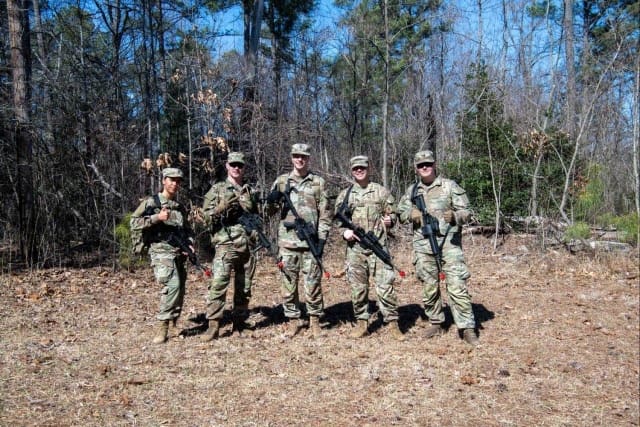FORT BRAGG, N.C. — Defense Secretary Pete Hegseth announced a pay raise for Army paratroopers today during remarks to current and former members of the 82nd Airborne Division at Fort Bragg, North Carolina.
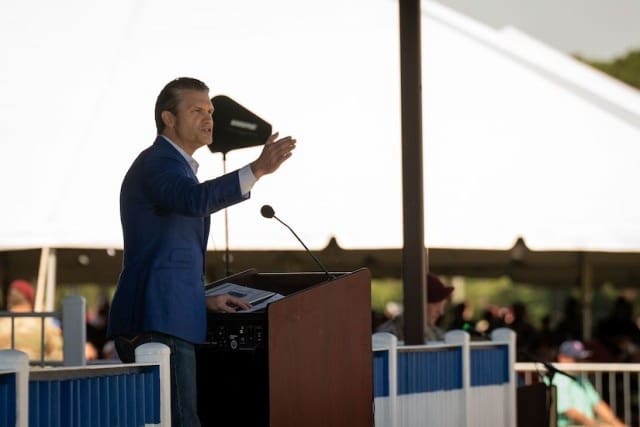
Hegseth made the announcement during the 82nd’s All American Week, a four-day event that brings past and present paratroopers together to celebrate their service through competitions and camaraderie.
“I’ve got a bit of an announcement today that might be of interest to this community,” Hegseth said to the formation of Soldiers.
“For the first time in [decades], here [as] the secretary of defense, through the secretary of the Army, we are increasing jump pay,” Hegseth said, eliciting an enthusiastic response from the crowd.
Hazardous duty incentive pay — commonly referred to as “jump pay” — is set to increase from $150 per month to $200 for rank-and-file paratroopers.
Additionally, Hegseth added, jumpmasters — the senior paratroopers responsible for training and teaching the techniques for jumping from aircraft — will receive an additional $150 per month on top of the $150 in HDIP they already earn.
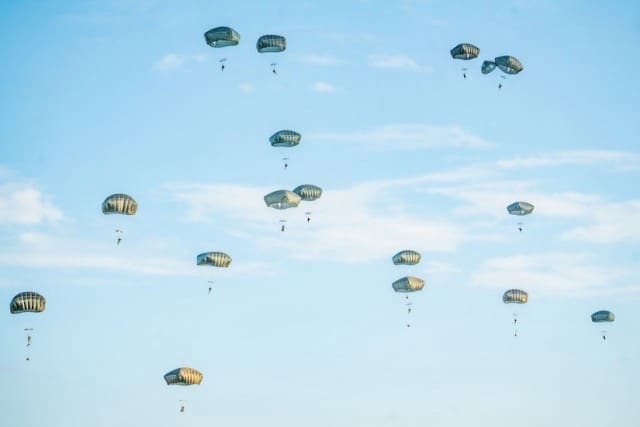
“Here’s to our paratroopers, our jumpmasters, who do the difficult things in difficult places that most Americans can never imagine,” Hegseth said following the announcement.
He emphasized that service members remain central to decision-making at the Pentagon.
“I want you to know [that] inside the corridors of the Pentagon, you are on our minds — with the decisions we make in budgets, in planning, in deployments, in orders [and] in reorganizations,” he said.” We have you and your families in mind.”
Hegseth then spoke about rebuilding the military and reestablishing deterrence — two of his top three priorities, along with restoring the warrior ethos, as outlined in his Jan. 25, 2025, message to the force.
“President [Donald J.] Trump is committed to historic investments inside our formations,” Hegseth said. “Our promise to you is that when the 82nd Airborne is deployed — if we have to call 911 for America’s response force — you will be equipped better than any other fighting force in the world.”
He added that under the current administration, the 82nd Airborne will always maintain a superior advantage in battle.
“That’s my promise to you,” he said.
On deterrence, Hegseth said the department is focused on restoring “peace through strength.”
“When I look out at this formation, the eyes of the men and women and these flags, I see the eyes of deterrence; I see the eyes of American strength; I see the eyes that will deter the wars that we don’t want to fight,” he said. “Those who long for peace must prepare for war.”
Hegseth closed his remarks by expressing gratitude to the division’s troops, veterans and their families in attendance.
“Like those who came before you, you keep showing the world the stuff you’re made of,” Hegseth said.
“Because we know you are ready for the important work that lies ahead.”
– Matthew Olay, DOD News


